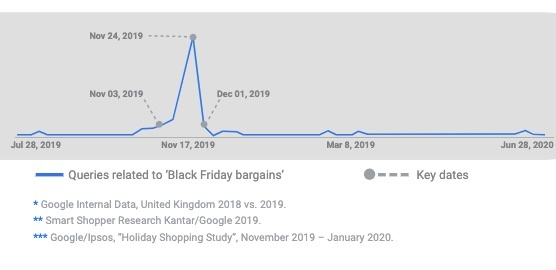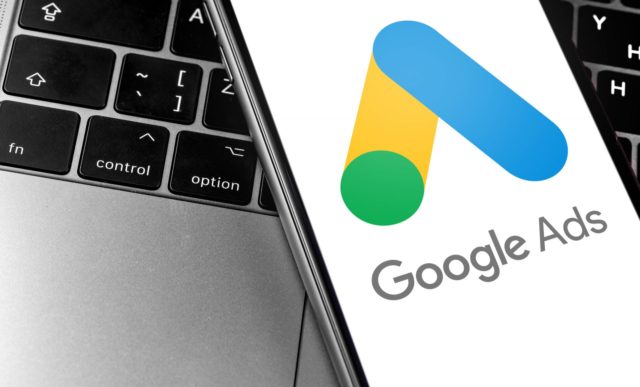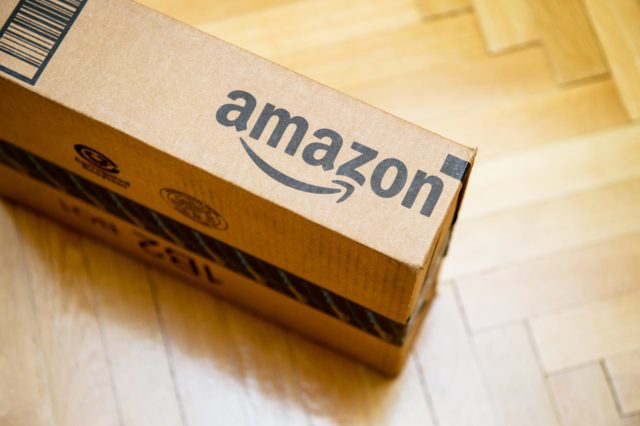This year, Google has announced that they’re expecting over 70% of UK shoppers will buy more online than previous years, with many shoppers who would previously have purchased in-store shifting online due to a combination of COVID restrictions and changing consumer behaviour, making online media buying more competitive than ever.
With some retailers announcing their offers early and running discounts the majority of November due to fears over crowds gathering en masse in the midst of a global pandemic, planning promotional activity should already be well underway.
Below we’ve outlined some key strategic considerations for your Black Friday marketing activities to ensure you’re considering all angles in the run-up to this year’s event.
Keep seasonal landing pages active year-round
Let’s start with a basic but often overlooked consideration – keeping the same page for your Black Friday campaigns live year-round to boost long-term organic performance.
If you’re running discounts for Black Friday it’s essential that you focus on creating seasonal landing pages (e.g. yourshop.com/black-friday) to gain traction in search results pages over the long term.

These pages will give you a greater chance of visibility in organic search for relevant searches each year, and we would suggest keeping event landing pages live year-round.
There’s no good reason to take a Black Friday page down after your sales have ended. Instead, de-prioritise it in your navigation hierarchy and simply add a holding message to the page ready for next year.
Remember that any links built to Black Friday landing pages will only pass authority if the page still exists – if pages are deleted then any valuable links you’ve managed to generate either through PR or natural sources will be lost.
John Lewis and other major retailers don’t overlook the power of these pages, and you’ll often find they are used to:
- Encourage sign-ups for newsletters
- Encourage sign-ups for discount product updates
- The ability to pre-order exclusive items
- An overview of the biggest discounts from previous years events
Don’t forget, this seasonal content should live permanently at YourCompanyName.com/BlackFriday.
Implement UX best practices
During sales periods customers expect to be able to find great deals without searching your site extensively, they’re likely shopping around your competition, many will be time poor and have become attuned to expect a hassle-free user experience.
This means that your discount items and category landing pages should be prioritised on high traffic areas of your site, meaning your Black Friday offers should take centre stage on your homepage and key category landing pages across the site.
You’ll notice many larger retailers will be driving these discounts home and replace their homepages with banners to funnel traffic to Black Friday specific categories. Let’s face it, there’s literally no retailer larger or with more user behaviour data than Amazon:

Of course, there are many elements that make up a good user experience, from navigation to product imagery, checkout experience to page load speed – many elements must be reviewed to make the biggest impact on conversion rates and ultimately sales.
Some of the more simple changes related to discounting include highlight discounts by amending your styling to include the crossed-out full price and display the exact percentage that would be saved.

These things sound simple, but these subtle cues motivate shoppers that are unsure to go ahead and make a purchase.
Test your website can handle a surge in traffic
While having enough traffic to crash your site may sound unrealistic, many brands are caught out by this due to poor planning around hosting capacity.
There are many reliable web hosting providers that provide autoscaling solutions to ensure you only pay for the space you need, so be sure to check in with your hosting provider to check whether you’re covered and test your site stability in advance.
Invest early to build awareness
Previous years data shows that buyers who shop for the first time from a retailer during Black Friday weekend make their first online visit 41 days prior (on average), regardless of the browsing environment.
This means that you should already be trying to generate awareness of your offers, before looking to driving product consideration and ultimately conversions. Right now you should be focused on building audience lists of potential customers ready to target them with offers when your sales are unleashed.
There are a plethora of networks at your disposal when it comes to generating awareness from net new customers, which could include Google display advertising, paid social media posts, Gmail/email advertising, Video ads – remember though that throwing cash at these networks will not magically make your campaign successful.
Always start with the customer, develop appropriate product promotional messaging and choose targeting options based on your customers’ behaviour, which applications they use, and how they prefer to receive marketing messages.
Be visible when people are looking to buy
It’s clearly important to focus on building visibility when people are actively searching, which is typically where search (and shopping) advertising are used.
This year will be tough to call, but data from 2019 can still give an insight into the dates at which users typically begin searching for Black Friday specific discounts.

To ensure your brand is in a position to capitalise on this potential demand, ensure your budgets are capable of maximising the potential traffic (within profitability targets) which may mean uncapping budgets within a specified target ROAS level. Only do this is you’re confident your campaigns are being closely monitored and refined using extensive negative keyword lists as you can quickly burn through budget on broader automated campaigns.
If you’re using Google Ads smart bidding, you can use seasonality adjustments to inform the platform of expected changes in conversion rates for events like Black Friday where you’d expect higher conversion rates due to more attractive pricing – this helps Google automatically ramp up bids at periods where you’re expected to generate more conversions, and dial them back once the events are over.
…don’t just rely on paid media
Increased competition around Black Friday can enable larger retailers with bigger advertising budgets to push out smaller retailers to claim prime advertising real estate.
It’s therefore essential to explore other options to maximise visibility through earned and owned media channels that will ultimately make Black Friday a more profitable period for your business.
Building visibility in organic search does not mean simply relying on your own website, a better approach involves a review of past performance in your category overall, looking to identify specific pages and websites that you can leverage to grow visibility of your offers outside of your own site.
You should be using PR to secure prominent placements that can grow referral traffic to your promotional pages across Black Friday and Cyber Monday.
Consider exclusive offers for existing customers, followers and subscribers
This is a great way of building brand loyalty and advocacy over the longer term.
Email marketing can be used for existing customer rewards in advance. Considering early access for existing customers can create a sense of exclusivity and drive additional sales from loyal customers.

Social media can be used to target your existing fan base to run the same promotions you would through email in an attempt to drive increased sales. Remember paid social can also be used to reach customers that have abandoned their shopping cart, and audiences who have viewed a specific product page without making a purchase.
Extend your plans beyond Black Friday!
This year most retailers will be launching their offers in early November to try and gain a first-mover advantage with customers who will have been reluctant to spend their hard-earned cash given events of the past few months.
It’s important for retailers to create a series of rolling campaigns through towards Christmas and then into the Boxing Day sales. This period will be more competitive than ever when it comes to media buying so any ground you can gain through earned and owned media will be massively beneficial to your bottom line.
The long term challenge is turning Black Friday shoppers into loyal customers. While the event typically causes a significant spike in sales and new customer acquisition for retailers, its success tends to be short-lived.
If Black Friday is usually a big seasonal opportunity for you, be sure to reach out to us for support from our team. We can help you make the most of short term sales opportunities available, and maximise the lifetime value of any customers buying from you over the coming seasonal period.








